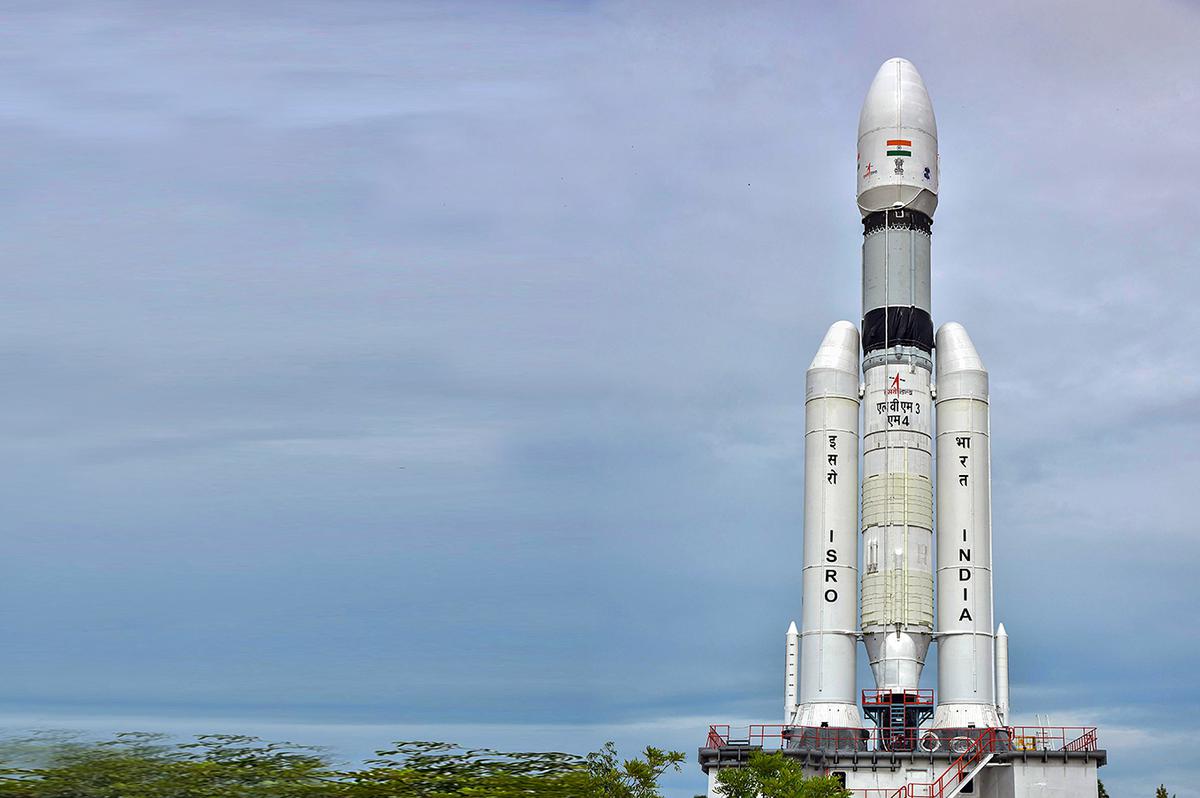
India successfully landed the Chandrayaan 3 spacecraft on the Moon last week. It is the fourth country to do so. Congratulations to ISRO for this achievement, which fills every Indian with pride. Scientists worldwide are especially interested in the Moon’s South Pole region.
The Chandrayaan 3 success has boosted India’s soft power prestige, especially considering its failed attempt in 2019. The victory is sweeter since it happened shortly after Russia’s unsuccessful attempt at a lunar landing.
The United States was the first to land humans on the Moon in 1969. NASA, the American space research organization, achieved this extraordinary accomplishment through the Apollo Program over 50 years ago. With technological advancements, the interest in exploring the Moon and the other planets is growing in other countries also.
We owe this moment of success to our great scientists and visionary leaders, such as our first Prime Minister, Jawaharlal Nehru. The contributions of his successors, including Prime Minister Modi, have been instrumental in maintaining this success.
The Moon always fascinated us as kids. Many children innocently attempted to touch it. Our mothers and grandmothers shared beautiful stories. They struck a relationship with the Moon and called it Chandamama (Moon Uncle)
Indians have known astronomy for centuries. There were renowned astronomers such as Aryabhatta, Varahamihira, and Brahmagupta. Our ancestors held a profound respect for celestial bodies. They believed in a four-tiered universe consisting of the Earth, the middle region, Indra’s heaven, and the higher heaven of the immortals. According to the Rig Veda, the Sun is at the centre of the solar system, with all other planets revolving around it.
People used the Moon’s phases for centuries to make the lunar calendar. It was an essential tool in their daily lives. It’s still noticeable today, even though it’s not widely used anymore.
Air Force pilot Rakesh Sharma made history by becoming the first Indian to embark on a space mission to the Salyut 7 space station, an invitation extended by the Soviets. His mission in 1984 lasted for seven days, twenty-one hours, and forty minutes. This accomplishment opened the doors to outer space research.
Even politicians use the Moon to bribe their voters. In the 2021 Tamil Nadu Assembly election campaign, Thulam Saravanan, an independent candidate, made an exceptional pledge to his voters. He promised a trip to the Moon if he won, but his voters knew it was an empty promise.
What inspires individuals to venture into outer space? It’s a natural curiosity and fascination with the unknown. Throughout history, people have explored and discovered new frontiers. Our quest for planets outside our solar system has grown significantly in recent years.
Space exploration inspires motivation and provides better communication on robotics and advanced science. It also facilitates collaboration in science, technology, and diplomacy. Additionally, it can enhance resource extraction, human habitation, and long-term space-living research.
Scientists believe there is water ice on the Moon. It could be utilized for fuel and living spaces. The objective of the Chandrayaan 3 is to locate these deposits and study them.
The possibility of establishing a base on the Moon is also being explored. Studying the Moon is crucial for investigating other planets, including Mars. Technological advancements and lower exploration expenses have increased the Moon research. Utilizing the Moon as a launching platform promotes space tourism.
The demand for satellite imaging, positioning, and navigation data is high, leading to significant growth in the space economy. The global space industry will reach USD 546 billion by the year-end of 2023. India’s space industry is valued at $8 billion, representing just a 2% share of the global space economy. Since 1999, the country has launched 381 foreign satellites for 34 countries, earning $279 million. With the success of the Chandrayaan 3 Mission, there is potential for a further boost to India’s space economy.
Exploring the Moon and other planets is a significant investment for the US and Russia. In July 2023, India joined China and Russia in the race to build infrastructure on the Moon with the development of the International Lunar Research Station. This Moon base is under construction.
India’s space programme received early support from the US, Russia, and France. It has experienced both achievements and obstacles over time. Since its creation in the 1960s, ISRO has made noteworthy advancements and strengthened its partnership with NASA. Thanks to its cost-effective programs, it has conducted missions to explore the Moon and Mars, including Chandrayaan3.
There is a debate about whether we should invest more money into space exploration or concentrate on solving problems here on Earth. Some people think that space research deserves more financial support, while others believe that we should deal with issues on our planet before anything else. Nonetheless, it’s clear that ISRO has accomplished remarkable progress in space exploration and requires more funding to sustain its work. The present success will also enhance ISRO’s standing in the global space industry. (IPA Service)
The post Chandrayaan 3 Success Has Given A Big Boost To India’s Image As A Powerful Nation first appeared on Latest India news, analysis and reports on IPA Newspack.


